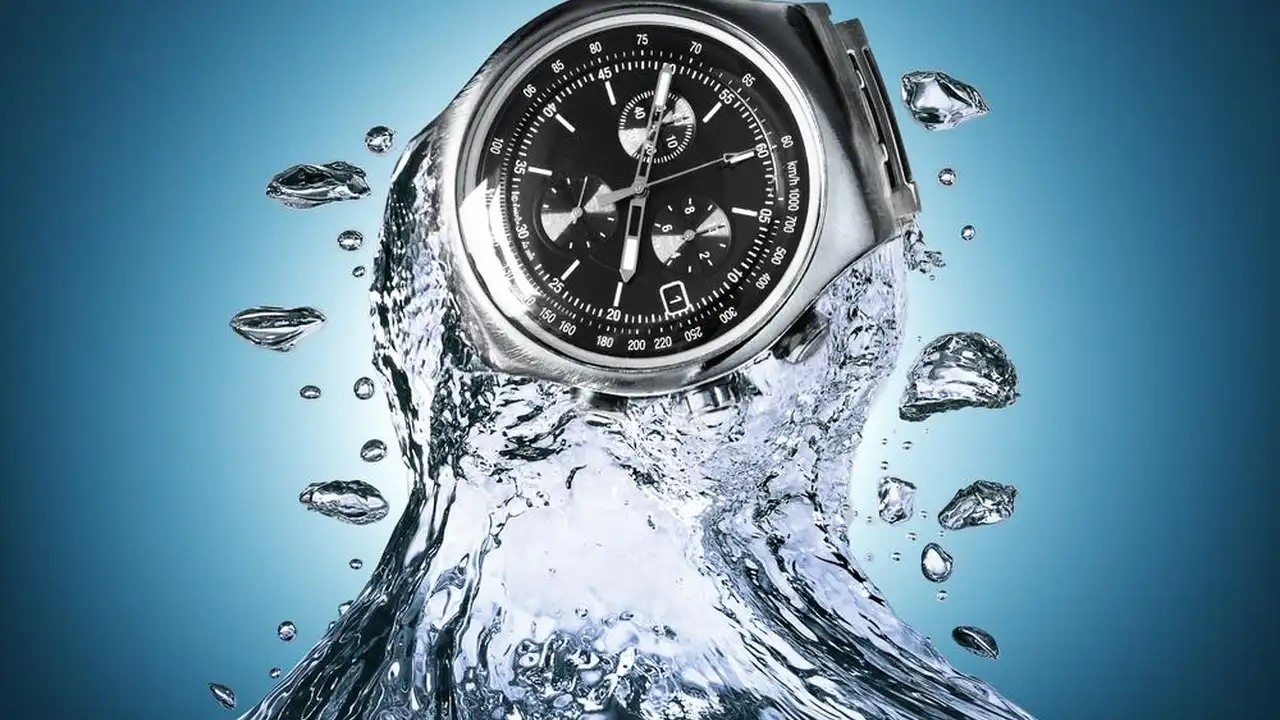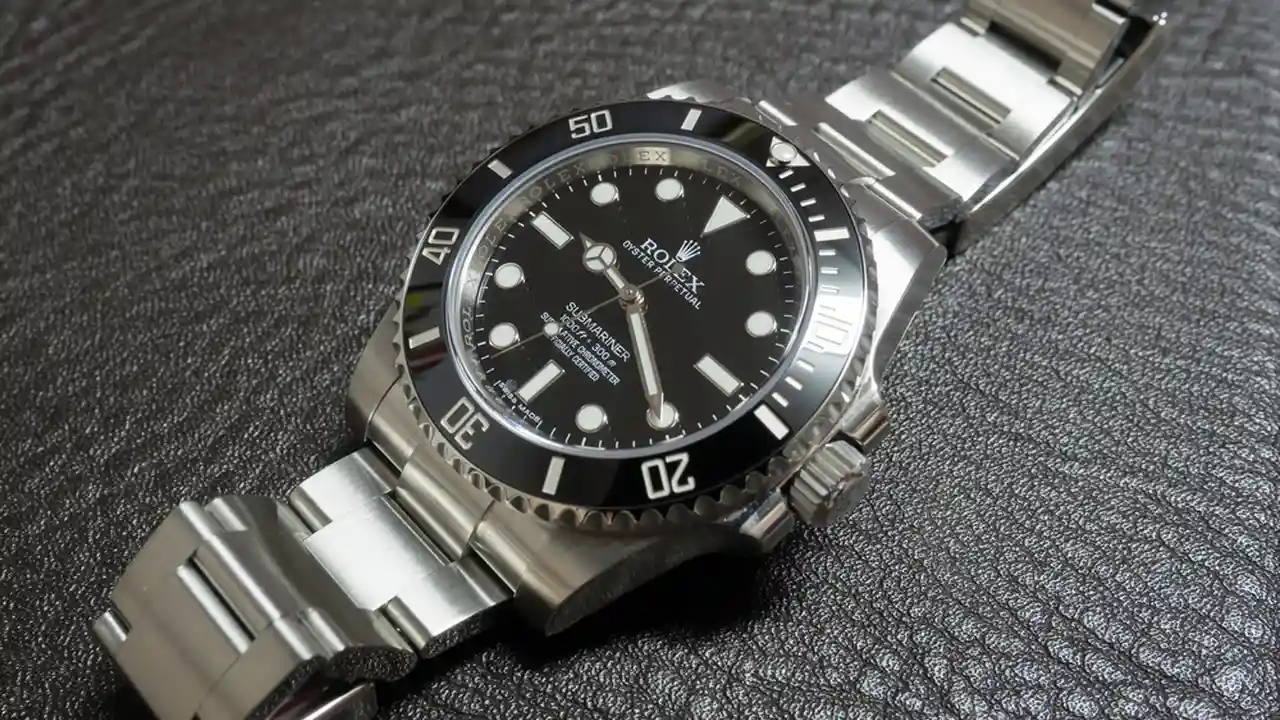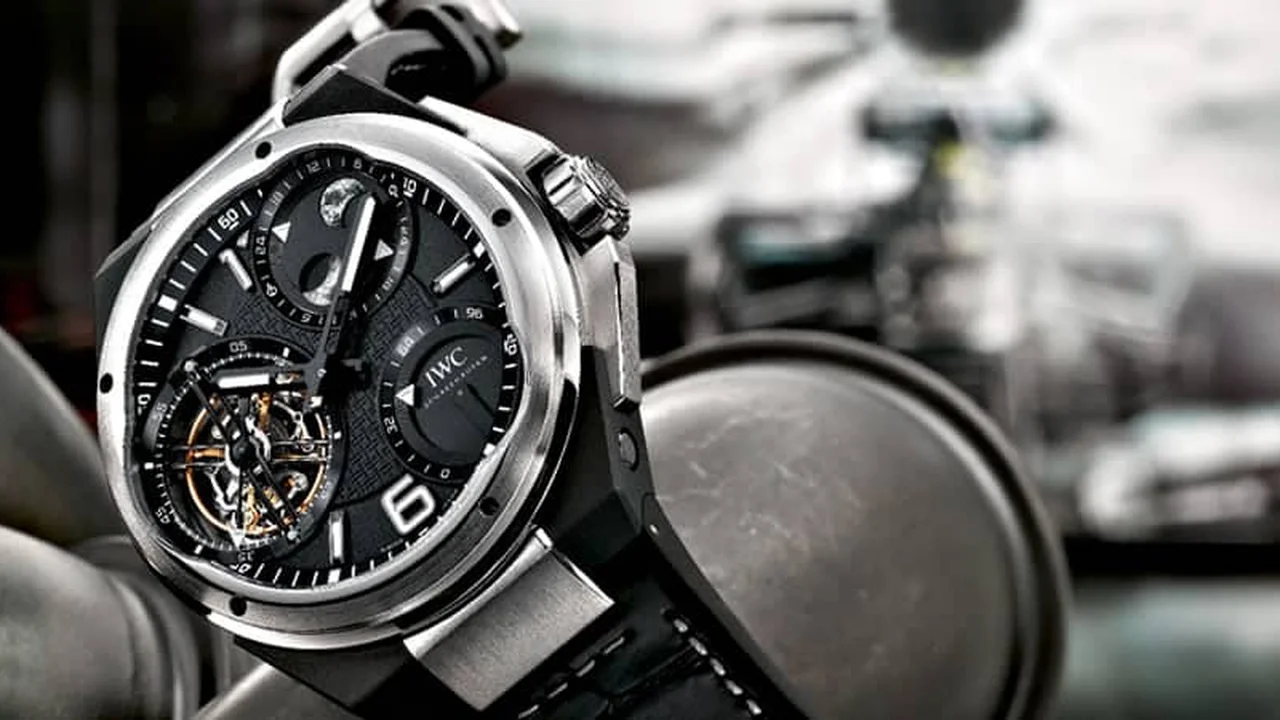Dive Watch Water Resistance Guide: Understanding Depth Ratings
Dive Watch Water Resistance Guide Understanding Depth Ratings. Choosing the right dive watch involves understanding its water resistance. This guide explains depth ratings, testing standards, and real-world implications to help you make an informed decision.

Understanding Dive Watch Water Resistance Ratings
Water resistance in dive watches isn’t as straightforward as it seems. The depth rating on a watch (e.g., 100m, 200m, 300m) doesn't mean you can actually dive to that depth. It refers to the pressure the watch can withstand in a static laboratory setting. Let's break down what these ratings really mean.
What the Numbers Mean
- 30m/3 ATM: Splash-proof. Okay for hand washing and light rain, but avoid submersion.
- 50m/5 ATM: Suitable for showering or swimming in shallow water. Not recommended for diving.
- 100m/10 ATM: Good for swimming and snorkeling. Still not ideal for diving, especially scuba diving.
- 200m/20 ATM: Suitable for recreational scuba diving. Can handle pressure changes and water movement. This is where dive watches really start.
- 300m+/30 ATM+: Designed for professional diving. These watches are built to withstand significant pressure and prolonged submersion.
It's crucial to remember these are *laboratory* ratings. Real-world conditions, like water movement, temperature changes, and impacts, can significantly affect a watch's water resistance.
ISO 22810 and ISO 6425 Standards Explained
True dive watches adhere to specific standards, most notably ISO 6425. This standard outlines rigorous testing procedures that a watch must pass to be certified as a dive watch. ISO 22810 is a general water resistance standard, but ISO 6425 is much more stringent and specifically for dive watches.
ISO 6425 Testing Procedures
Watches certified under ISO 6425 undergo a series of tests, including:
- Water Resistance at Depth: The watch is submerged in water at its rated depth for a specific period.
- Water Resistance with Temperature Changes: The watch is subjected to temperature changes to simulate diving conditions.
- Resistance to External Force: The watch is tested for resistance to external forces, such as impacts.
- Resistance to Salt Water: The watch is exposed to salt water to ensure it can withstand corrosive environments.
- Resistance to Condensation: The watch is checked for condensation buildup, which can damage the movement.
- Operational Reliability: The watch's functions, such as the rotating bezel and luminous markers, are tested for reliability.
A watch that passes these tests can be officially labeled as a 'dive watch' and is considered suitable for scuba diving.
Choosing the Right Dive Watch for Your Needs
Selecting a dive watch depends on your diving activities and budget. Here are a few scenarios and recommendations:
Recreational Scuba Diving
If you're a recreational scuba diver (diving to depths of 40 meters or less), a watch with a 200m or 300m rating is sufficient. Look for features like a unidirectional rotating bezel, luminous markers, and a durable strap. Consider these models:
- Seiko Prospex Turtle: A classic dive watch known for its robust build and reliability. Around $500.
- Citizen Promaster Diver: Eco-Drive powered, so you don't need to worry about battery changes. Around $400.
- Orient Mako II: An affordable option with a solid reputation. Around $200.
Professional Diving
For professional divers who dive to greater depths or work in demanding environments, a watch with a 300m+ rating is essential. These watches often have additional features like helium escape valves and enhanced shock resistance. Some recommendations:
- Omega Seamaster Professional: A high-end dive watch with a long history of professional use. Around $5,000.
- Rolex Submariner: An iconic dive watch known for its durability and prestige. Around $10,000.
- Breitling Superocean: A robust and reliable dive watch with a variety of styles. Around $4,000.
Freediving and Snorkeling
For freediving and snorkeling, a watch with a 100m or 200m rating is usually adequate. Look for a comfortable and lightweight design. Consider these options:
- Garmin Descent Mk2i: A dive computer and smartwatch combo perfect for freediving with advanced features. Around $1,300.
- Suunto D5: A user-friendly dive computer suitable for both scuba diving and freediving. Around $900.
- Seiko SKX007: While discontinued, this watch remains a popular and affordable choice for water activities. (Can be found used, prices vary).
Dive Watch Features to Consider
Beyond water resistance, several other features are important in a dive watch:
Unidirectional Rotating Bezel
A unidirectional rotating bezel is a crucial safety feature. It allows divers to track elapsed time underwater. The unidirectional design ensures that if the bezel is accidentally bumped, it will only shorten the perceived dive time, providing a safety margin.
Luminous Markers
Luminous markers are essential for visibility in low-light conditions underwater. Look for watches with Super-LumiNova or tritium gas tubes for optimal brightness.
Durable Strap
The strap should be durable and comfortable, preferably made of rubber, silicone, or NATO material. Metal bracelets are also an option, but they can be less comfortable and more prone to corrosion in saltwater.
Crystal Material
The crystal (the glass covering the watch face) should be scratch-resistant. Sapphire crystal is the most durable option, followed by mineral crystal. Acrylic crystal is less scratch-resistant but can be easily polished.
Helium Escape Valve
A helium escape valve is necessary for saturation diving, where divers spend extended periods at great depths. Helium molecules can penetrate the watch case, and the valve allows them to escape during decompression, preventing damage to the watch.
Dive Watch Maintenance and Care
Proper maintenance is crucial for prolonging the life of your dive watch:
Rinse with Fresh Water
After each dive, rinse your watch with fresh water to remove salt, sand, and other debris.
Check the Seals
Regularly check the seals (gaskets) for damage or wear. Have them replaced by a qualified watchmaker if necessary.
Avoid Extreme Temperatures
Avoid exposing your watch to extreme temperatures, which can damage the seals and affect the movement.
Service Your Watch
Have your watch serviced by a qualified watchmaker every few years to ensure it is running properly and that the seals are in good condition.
Specific Product Recommendations and Comparisons
Let's delve deeper into some specific dive watch recommendations and comparisons to help you narrow down your choices.
Seiko Prospex Turtle vs. Citizen Promaster Diver
- Seiko Prospex Turtle: Known for its cushion-shaped case and robust automatic movement. A great all-around dive watch with a classic look.
- Citizen Promaster Diver: Eco-Drive technology means no battery changes needed. A reliable and environmentally friendly option.
- Comparison: The Turtle is a classic automatic, requiring occasional winding or wearing. The Promaster offers convenience with its solar-powered movement. Both are excellent choices, but the Promaster is slightly more convenient.
Omega Seamaster Professional vs. Rolex Submariner
- Omega Seamaster Professional: A high-end dive watch with a distinctive design and advanced features like a helium escape valve.
- Rolex Submariner: An iconic dive watch known for its durability, prestige, and timeless design.
- Comparison: The Submariner is a status symbol and a highly sought-after watch. The Seamaster offers similar performance at a slightly lower price point, with a more modern design. The choice depends on personal preference and budget.
Affordable Options: Orient Mako II vs. Casio MDV106-1A (Duro)
- Orient Mako II: An affordable automatic dive watch with a solid reputation.
- Casio MDV106-1A (Duro): A quartz dive watch known for its incredible value and durability.
- Comparison: The Mako II offers the charm of an automatic movement at a budget price. The Duro is even more affordable and virtually maintenance-free thanks to its quartz movement. For pure value, the Duro is hard to beat.
Understanding Depth Ratings in Real-World Scenarios
Let's put those depth ratings into practical scenarios.
Scenario 1: Swimming Pool
You're swimming laps in a pool. A watch with a 50m rating should be fine, but a 100m rating provides extra peace of mind. Avoid wearing a 30m-rated watch.
Scenario 2: Snorkeling
You're snorkeling in shallow water (5-10 meters). A watch with a 100m rating is generally sufficient. A 200m rating offers a safety margin.
Scenario 3: Scuba Diving (Recreational)
You're scuba diving to a depth of 30 meters. A watch with a 200m or 300m rating is essential. The ISO 6425 certification is highly recommended.
Scenario 4: Water Sports (Jet Skiing, Surfing)
You're participating in water sports with high-impact activities. A watch with a 100m or 200m rating is recommended to withstand the water pressure and potential impacts.
Final Thoughts on Dive Watch Water Resistance
Understanding dive watch water resistance is essential for choosing the right watch for your activities. Don't solely rely on the depth rating; consider the ISO certifications, features, and your specific needs. Proper maintenance will ensure your dive watch remains a reliable companion for years to come. Remember to research and read reviews before making a purchase. Happy diving!
:max_bytes(150000):strip_icc()/277019-baked-pork-chops-with-cream-of-mushroom-soup-DDMFS-beauty-4x3-BG-7505-5762b731cf30447d9cbbbbbf387beafa.jpg)






